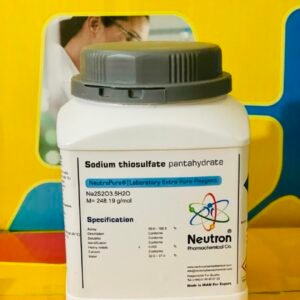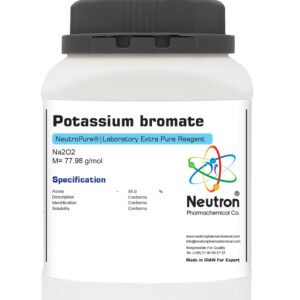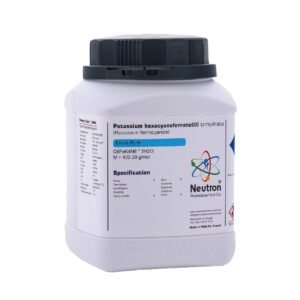Hexane, or n-hexane, is a colorless, odorless liquid hydrocarbon with the molecular formula C₆H₁₄ and a boiling point of about 69 °C (156 °F). It is a non-polar solvent widely used in industry and laboratories due to its low cost, high volatility, and relative chemical stability.
Hexanes often refer to a mixture containing mainly n-hexane, along with isomers like 2-methylpentane and 3-methylpentane, and small amounts of other hydrocarbons. These mixtures are common in industrial applications where pure compounds are not required.
🏭⚗️ production
Hexane is obtained through crude oil refining. Industrial-grade hexane typically contains around 50% n-hexane and is collected from fractions boiling between 65–70 °C.
🧪 Applications
Industrial: Used in adhesives, leather processing, and oil extraction from seeds (e.g., soybean, canola).
Laboratory: Common solvent in chromatography, and for reactions involving strong bases such as organolithiums.
Fuel: Present in small amounts (1–7%) in gasoline blends.
⚠️ Safety
Inhalation of high concentrations can cause dizziness, fatigue, blurred vision, and long-term neurological damage. Chronic exposure is linked to peripheral neuropathy. Regulatory bodies like NIOSH recommend a safe exposure limit of 50 ppm over an 8-hour workday, though current US OSHA limits are higher (500 ppm).
Hexane is highly flammable and poses serious explosion risks, as seen in past industrial accidents. Due to health concerns, its use is being gradually reduced or replaced in many industries.





